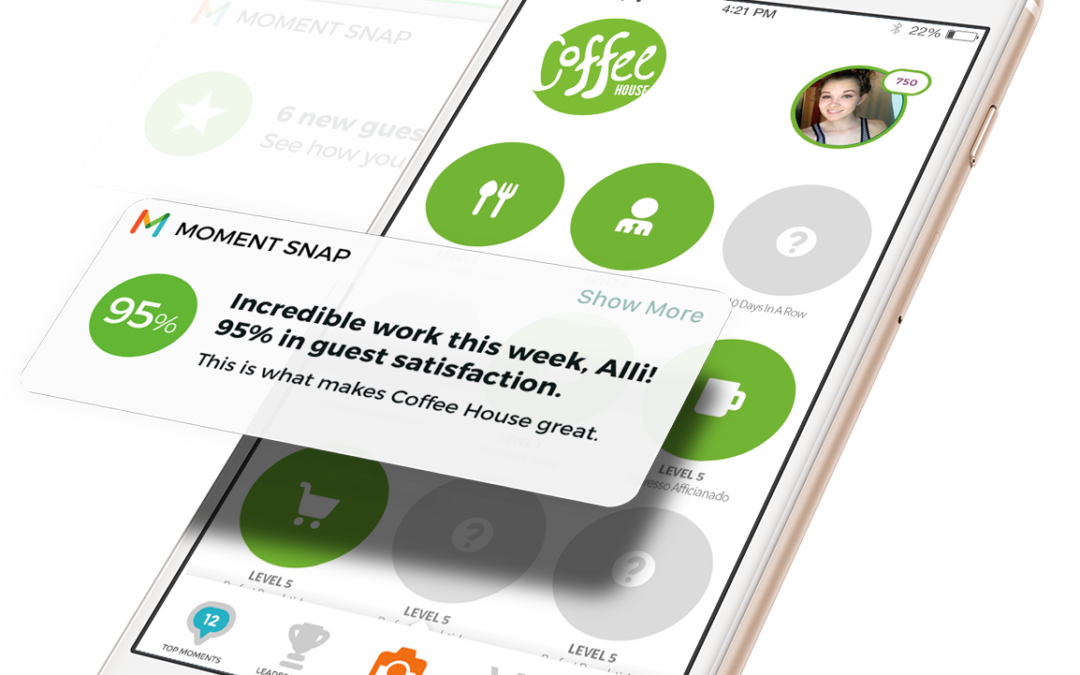If your company fields frontline employees, chances are your pipes are clogged.
No, not literally (we hope). The pipes we’re talking about shuttle information.
Here’s the deal. In a perfect world, the customer feedback cycle would consist of four simple steps: listening, understanding, taking action, and engaging.
Each step is intuitive. Listening allows us to gather data about the customer experience. We do this via surveys, mystery shops and social listening, which contextualize and process data into actionable kernels — understanding.
An example: customers complain on Facebook that a quick service restaurant is undercooking fries. Social media listening software picks up the review, uses algorithms to determine the issue, and notifies management.
Taking action and following up should be organic extensions of this process. Ostensibly, management takes the data on the problem (in this case, the review) and shoves it down the pipeline to the people directly responsible for the fries, who can make changes accordingly. Then, they reach out to customers and ensure them that the concerns are being addressed — that’s the engagement.
Many corporations have proven themselves apt at the latter step, even reaching out to customers before the issue is resolved, assuring an impression of accountability: “We’re sorry about your experience, and we’re getting on the problem ASAP!”
Proactivity is great, but not when it carries all the momentum into a simple post rather than directing it into action. And, usually, it does. The most critical step of the feedback process — actually remedying the problem — frequently falls short. We have the data, we have the tools, and we have the solutions, but they are rarely executed, and are short-lived at best when they are.
Why? Because the pipeline is clogged.
Typically, it goes like this: higher-ups see that there’s an issue, anything from soggy fries to low waiter ratings. They draft a solution, or delegate a solution to VPs, and eventually a new initiative is sent down the tube — fry cooking tips, new customer service standards, etc. Regional managers review it and pass it off to store managers.
And then… poof. The initiative disappears into an inbox, or at best, is posted onto a break room bulletin board for employees to ignore. Perhaps the top 10% of managers make sure that the message reaches the frontline, but inevitably the lesson fades away within the quarter, and the problem persists.
There’s your clog.
Ultimately, individual locations are the arenas in which transactions are won or lost. Frontline employees are face-to-face with customers, but the strategies meant to keep customers loyal scarcely make it to them; when they do, they are quickly forgotten. Most hourly workers are probably more likely to see a TV ad for a new promotion at their workplace than to learn about it from a manager, because the conventional wisdom dictates that strategies are wrought at a high level.
The result is a double whammy: initiatives don’t get implemented, and employees feel that they are not valued enough to be keyed in on the important issues. So they leave, boosting turnover rates, spiking onboarding costs and further persuading managers that it’s not worth the time to invest in them by divulging strategy — why would they, if employees are going to leave anyway? All the while, problems go unaddressed and customers bring their money elsewhere.
It’s a catch-22 with an easy solution: remove the clog.
Right now, much of the frontline is like a pit crew without any mechanics: generally well-intentioned, but virtually powerless to help. Give them the information and motivation they need, however — empower your employees — and they will ensure that your company races to the top.
So, empower your frontline. Plunge out the blockage between your men and women on the ground and everyone else, and allow your data to reach the people who guide each sale. When employees are held individually accountable — and congratulated — for their work, performance spikes, and customer satisfaction skyrockets. The solution is to open direct channels of communication where employees can see customer reviews, corporate messages and management feedback in real time and amend their behavior accordingly. The result is a more engaged workplace culture where employees are driven to succeed through competition.
This is the future that fuels the MomentSnap vision. Join us in plunging the pipelines.

